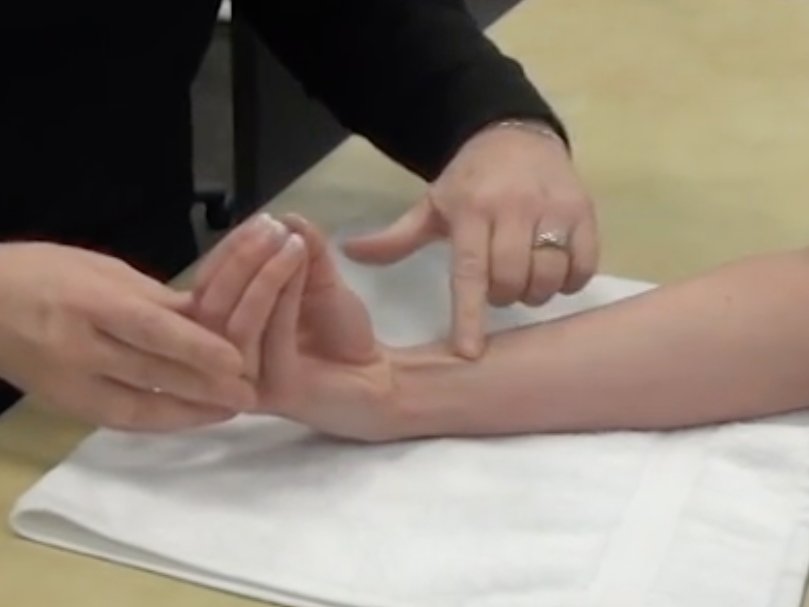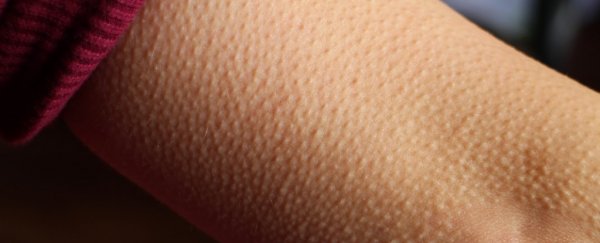Some human body parts serve no purpose despite once having a specific function among our ancestors.
The appendix, for example, is not an essential body part (though some research suggests it may act as storage for good bacteria). In some cases, the appendix gets inflamed or ruptures, which requires surgical removal of the organ.
Several other body parts used to be important for humans' survival, but they have since become useless. Some of them can be removed, and the absence of them does not lower people's quality of life.
Business Insider spoke with Dorsa Amir, an evolutionary anthropologist at Boston College, to learn more about what she calls "evolutionary leftovers." Amir said that if a trait becomes no longer useful but remains harmless to humans, then it tags along for the evolutionary ride.
Take a look at nine body parts that remained in the human body despite having no function for millions of years.
1. The appendix may be the most commonly known useless organ.
Many years ago, the appendix may have helped people digest plants that were rich in cellulose, Gizmodo reported. While plant-eating vertebrates still rely on their appendix to help process plants, the organ is not part of the human digestive system.
"As we started switching to a more diverse diet and targeting meat, we didn't need super long and complicated intestinal tracts anymore," Amir told Business Insider.
However, there is increasing evidence that the appendix does store some useful gut bacteria, but it is unclear if "this was always its function for us, or whether this was an old dog learning new tricks," she said.
2. The palmaris longus muscle runs from the wrist to the elbow. About 10 percent of humans do not have it.
 (Athletico Physical Therapy/ YouTube)
(Athletico Physical Therapy/ YouTube)
If you rest the back of your wrist on a table and connect your thumb to your pinky, you may see a band of muscle pop up on your wrist. That is a vestigial muscle called the palmaris longus. Amir said this muscle is there because it helped our ancestors climb trees.
According to the Encyclopædia Britannica, the muscle likely also helped early humans with their grip. But we started walking on two feet about 3.2 million years ago, making the muscle useless.
"It's been a while since it was useful," Amir said.
Now, however, someone's grip strength is the same whether or not they have the muscle. "Natural selection is not a system geared toward perfect efficiency," Amir said.
3. Humans no longer need very powerful jaws because our diets have shifted toward soft foods and cooked grains. Our jaws are also smaller, so we can't all fit in our wisdom teeth properly.
"Given that we eat pretty soft food now, and molars are usually used for grinding, we don't really need them anymore," Amir said.
4. Arrector pili are muscle fibres that produce goose bumps when they contract.
Our ancestors, who had a lot more body hair, used these fibres to their advantage, but we don't have a use for them anymore.
For animals with thick fur, arrector pili can help provide insulation. The fibres can also make animals look bigger – a porcupine benefits from this phenomenon.
5. Human embryos develop a tail between five and eight weeks after conception.
The tail vanishes by the time humans are born, and the remaining vertebrae merge to form the coccyx, or tailbone.
Tailbones helped our ancestors with mobility and balance, but the tail shrank as humans learned to walk upright. The coccyx now serves no purpose in humans.
"Our ancestors who had mutations that got rid of the tail seemed to fare better, and thus our tails went away over many generations," Amir told Business Insider.
Human infants are rarely born with a vestigial tail, though it does happen, according to Britannica. Doctors can remove the tail through surgery without major issues.
6. Auricular muscles control the visible part of the ear, but humans have lost the ability to use them. Other mammals use these muscles to detect prey and predators.
The auricular muscles of the ear help other mammals localise sound and express emotion, according to Britannica.
Unlike humans, animals such as cats have to move their ears to hear well. But Amir said that since we have flexible necks, we no longer have the need to move our ears toward sounds.
Some humans can wiggle their ears, but that's the best we can do.
7. The pyramidalis muscle, which is located in the lower abdomen, is shaped like a triangle. People have from zero to two of these muscles, but they don't help us.
According to Britannica, the pyramidalis muscle can help contract the linea alba, but this is not relevant to the function of one's abdominal muscles.
About 20 percent of humans do not have any pyramidalis muscles.
8. Male and female fetuses initially develop the same way, and testosterone triggers the formation of male sex organs later on. Before these hormones kick in, however, nipples have already begun to develop.
Men can't lactate under natural circumstances, but a high level of prolactin, the hormone that helps produce milk, can create this effect. Lactation is a side effect of digoxin, a heart medication, Scientific American reported.
While many male mammals could lactate under extreme scenarios, only the Dayak fruit bat, found in Southeast Asia, lactates spontaneously, according to Scientific American.
9. The plica semilunaris, or third eyelid, is a fold of tissue found on the inside corner of the eye. It resembles membranes that some animals use to protect their eyes.
Birds, reptiles, and some mammals can pull these membranes across their eyes to keep them moist and free of debris.
Gizmodo reported that our plica semilunaris is a remnant of these membranes, though humans are now unable to control the tissue.
"It's not exactly clear why humans don't have these anymore," Amir said, "but they're actually rare among primates so we must have lost them a long time ago."
This article was originally published by Business Insider.
More from Business Insider:
